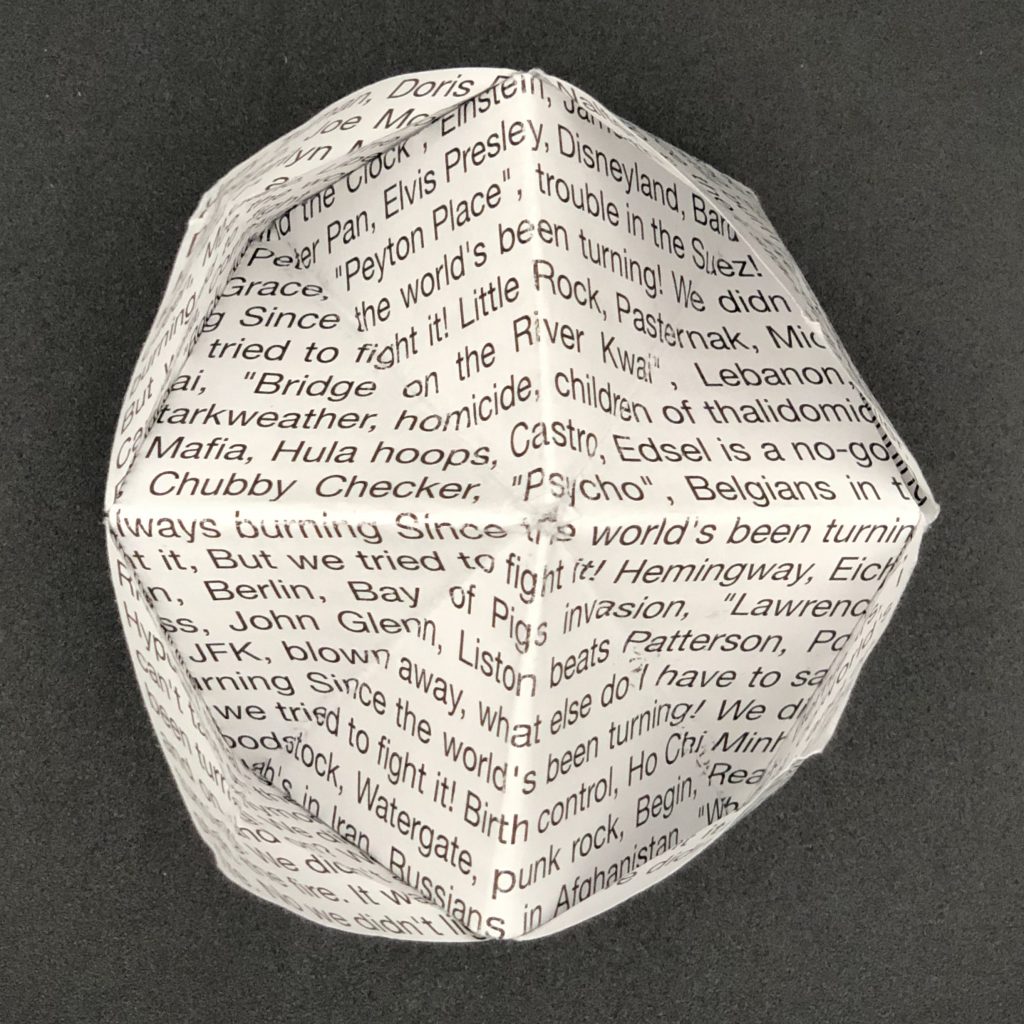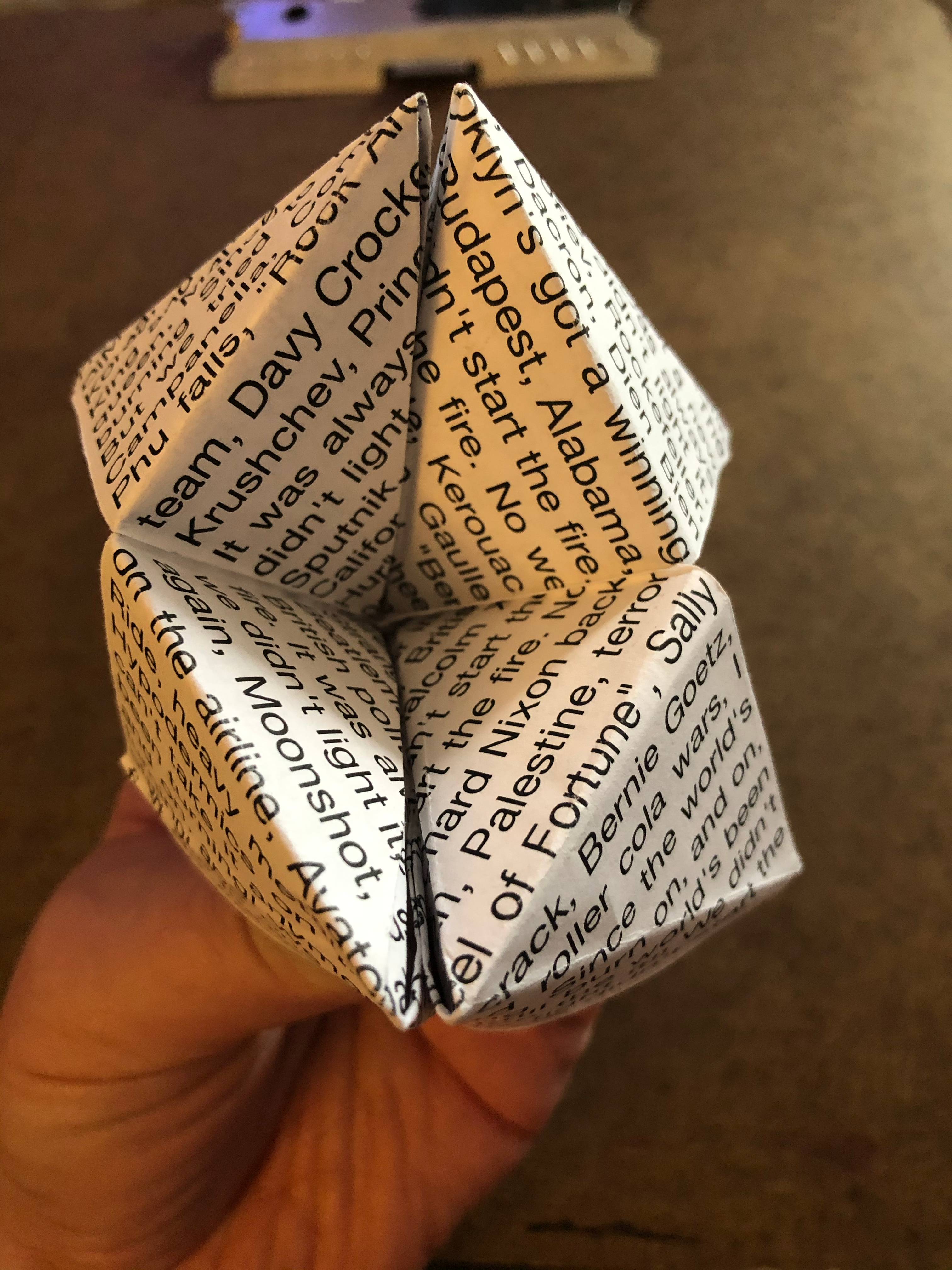 The We Didn't Start It Story Teller - Alternate View A
The We Didn't Start It Story Teller - Alternate View A The We Didn't Start It Story Teller - Alternate View B
The We Didn't Start It Story Teller - Alternate View B The We Didn't Start It Story Teller - Alternate View C
The We Didn't Start It Story Teller - Alternate View C The We Didn't Start It Story Teller - Alternate View D
The We Didn't Start It Story Teller - Alternate View D The We Didn't Start It Story Teller - Alternate View E
The We Didn't Start It Story Teller - Alternate View E The We Didn't Start It Story Teller - Alternate View F
The We Didn't Start It Story Teller - Alternate View F The We Didn't Start It Story Teller - Alternate View G
The We Didn't Start It Story Teller - Alternate View G The We Didn't Start It Story Teller - Alternate View H
The We Didn't Start It Story Teller - Alternate View H The We Didn't Start It Story Teller - Alternate View I
The We Didn't Start It Story Teller - Alternate View IIn thinking about which constrained writing technique I wanted to use for this week’s assignment, I found myself reading through the linked articles and being inspired by an idea when I came across the Alan Burns quote on his version of the ‘cut-up method, “I did not actually use scissors, but I folded pages, read across columns, and so on, discovering for myself many of the techniques Burroughs and Gysin describe.”
Having done lots of arts and crafts the folding resonated with me. Thinking of how methods like the cut-up method were founded in a movement aimed at rejecting conventions, particularly social and artistic norms, I thought about what would be appropriate source material.
My mind began the melding process of combining form and content and I was thrown back to middle school. Passing notes, playing games, and being told that new song by Billy Joel was actually a history lesson.
I present to you: The We Didn’t Start It Story Teller

It combines a folding method of poetry generation, the paper fortune teller, and the lyrics to Billy Joel’s “We Didn’t Start the Fire”… and, yes, it goes on and on and on and on…
I began by doing a Google search for the lyrics (source: LyricFind). I pasted the lyrics into a word processing doc and formatted it so it was continuous and (appearing) grammatically correct. I then created a 7” square for a text block, and formatted the text so it filled the square. I then copied that block, flipped it 180º, centered both text blocks on two consecutive pages, and printed the two pages out as a double-sided document.


From there, I used my paper cutter to cut the double-sided text square. Then folded it using the classic Paper Fortune Teller technique.

I wasn’t sure how well it was going to work and, while every combination isn’t exactly a simple, fluid read, I’m really happy with the results and the potential for outcomes. Depending how you choose to operate this, it can be used a solo activity like a ritual or mediation or played as a game with friends, flipping and turning the Teller to reveal different results.

Here are some of images of how it turned out:


And, finally, is probably my favorite position for a poem/reflection. The first image is to give reference to how the second (and my personal favorite) is folded. This position not only reads rather fluidly, but it involves text from both sides of the printout to recreate a smaller, square poem from another lyrical piece.







